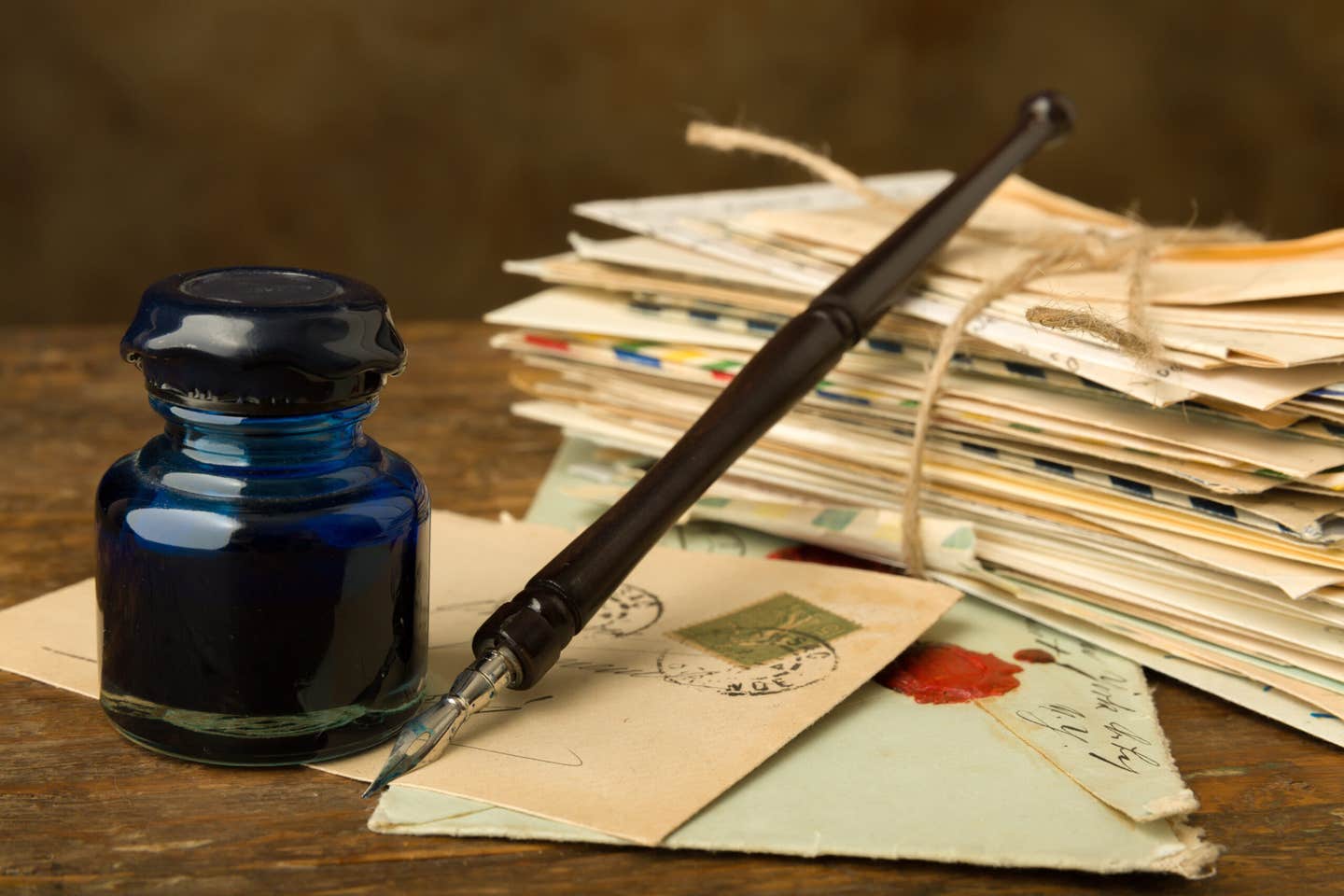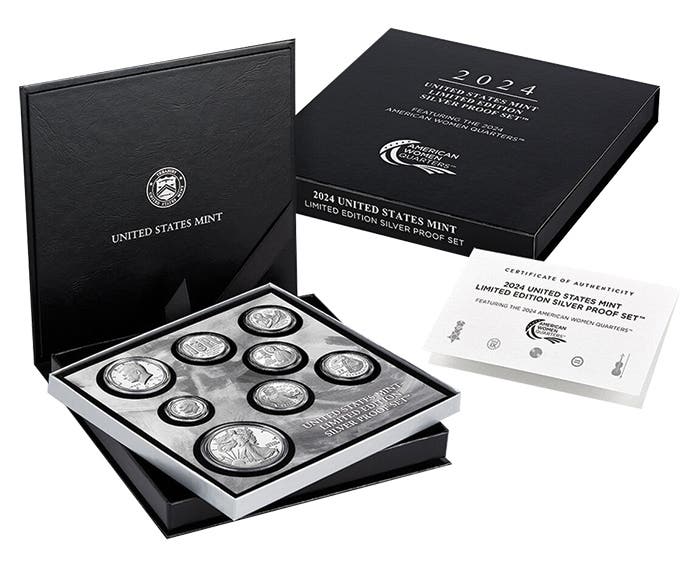Details Grade a new class with no meaning
Two grading giants, it seems, have partnered to create yet another new coin class. Details Grade. This I feel is a scam and another way to control the coin market.
As recently as three years ago if you sent a coin to Professional Coin Grading Service (PCGS) or Numismatic Guaranty Corp. (NGC) to be graded and it had obviously been cleaned with a Brillo pad it came back to you in a plastic flip with a sticker saying “cleaned.” Now these two grading giants, it seems, have partnered to create yet another class. Details Grade. This I feel is a scam and another way to control the coin market.
On the inside back page of Numismatic News, Sept. 8, NGC has a full-page ad introducing its newest service. In the ad it says, “Any coin with surface impairments submitted to NGC will be assigned a Details Grade that accords with its level of wear and a concise description of its surface condition.”
According to the books by the experts, Q. David Bowers, Scott A. Travers and Weimar W. White, that would be any coin that was not MS or PF-70.
The ad goes further to boast, “More coins in your collection are now eligible for NGC holders than ever before.”
Ooh, Aah. Am I supposed to be impressed? I sent my coin in to be graded, not to be told that it was not perfect and put into a holder with its name on it. If a collector sends in a 130-year-old coin, you can bet that he has studied that coin for many hours. He knows that it has some wear, a small scratch and that it’s not a MS-70. Maybe it’s an EF-45 or maybe a VF-30 but to be “slabbed” under this new category is essentially telling everyone that the coin is not gradable. This is wrong! It’s another way to make money and not provide an honest service.
In 1977 the American Numismatic Association introduced its Official ANA Grading Standards for United States Coins. It was revised in 1991 and is the scale in use today. The scale goes from About Good 3 (poor) to Mint State 70 (perfect). No where in between is there a “Details Grade.” What’s the next class of collectors? Can these be collected as sets? “I collect only non-gradeable coins that are slabbed.” Yeah, that’s impressive.
I invite you to go to the PCGS Web site http://www.pcgs.com/membership and view the coins that have been graded and look at all the different reasons coins are not given a grade. They were doing this before NGC jumped on the bandwagon. Questionable Authenticity: If it was a 1879 $4 gold Stella you might say maybe, but a 1986 Lincoln penny? Who is going to try and fabricate a 1986 Lincoln penny? Scratch, Damage or Tooling, Altered Surface, Questionable Color, Questionable Toning. When is it going to stop? What’s next, the metal alloy in the field of the coin is not correctly proportioned?
As an example. Toning hides scratches and other blemishes on a coin. Toning is damage to the surface of a coin. Toning has altered the surface of a coin. Toning is not the actual color of the coin. Toning is rust on a coin just like rust on the fender of your car, however, they grade these coins in the mid to high MS conditions. Why is this?
By doing this PCGS and NGC are opening the door for numismatics to go backward. To a time before the Official ANA Grading Standards for United States Coins. To a period of subjectivity and self-certified coins when a dealer could provide “his” expertise on what a coin is graded and manipulate the consumer.
My research showed that Independent Coin Grading Co. (ICG) was the only grading service where the graders were not made aware of the name, company, investor, collector, etc., of the coins being graded. The coins are graded without the bias of a name attached. PCGS and NGC do not make this claim.
I believe this is major step in the right direction of honest coin grading. I am not a conspiracy theorist, but let’s be real. Everyone is biased toward something. Their favorite restaurant, favorite football team, favorite beverage, even their favorite neighbor.
When a collector sends in a 1986 Lincoln penny at the Economy Service Level he spends $18 for the service, $8 for the handling fee and $17.60 for the required postage (insurance not included). He has spent $43.60 to have a penny graded and it comes back 45 days later “questionable authenticity.” Bottom line, non-gradeable.
Another collector sends in 100 Morgan silver dollars at the Express Service Level he spends $5,000 for the service, $8 for the handling and $51.50 for the required postage. He has spent $5059.50 ( insurance not included ) and they come back in five days all graded MS-62 to MS-65. Coincidence? I don’t believe so but I’m not a lobbyist.
Every coin has a grade. There are 1 through 70 grades. Don’t disrespect the collector with a “Details Grade.”
Mark P. Lowers operates MARLOW Coins & Collectibles in St. Augustine, Fla.
Viewpoint is a forum for the expression of opinion on a variety of numismatic subjects. The opinions expressed here are not necessarily those of Numismatic News.









